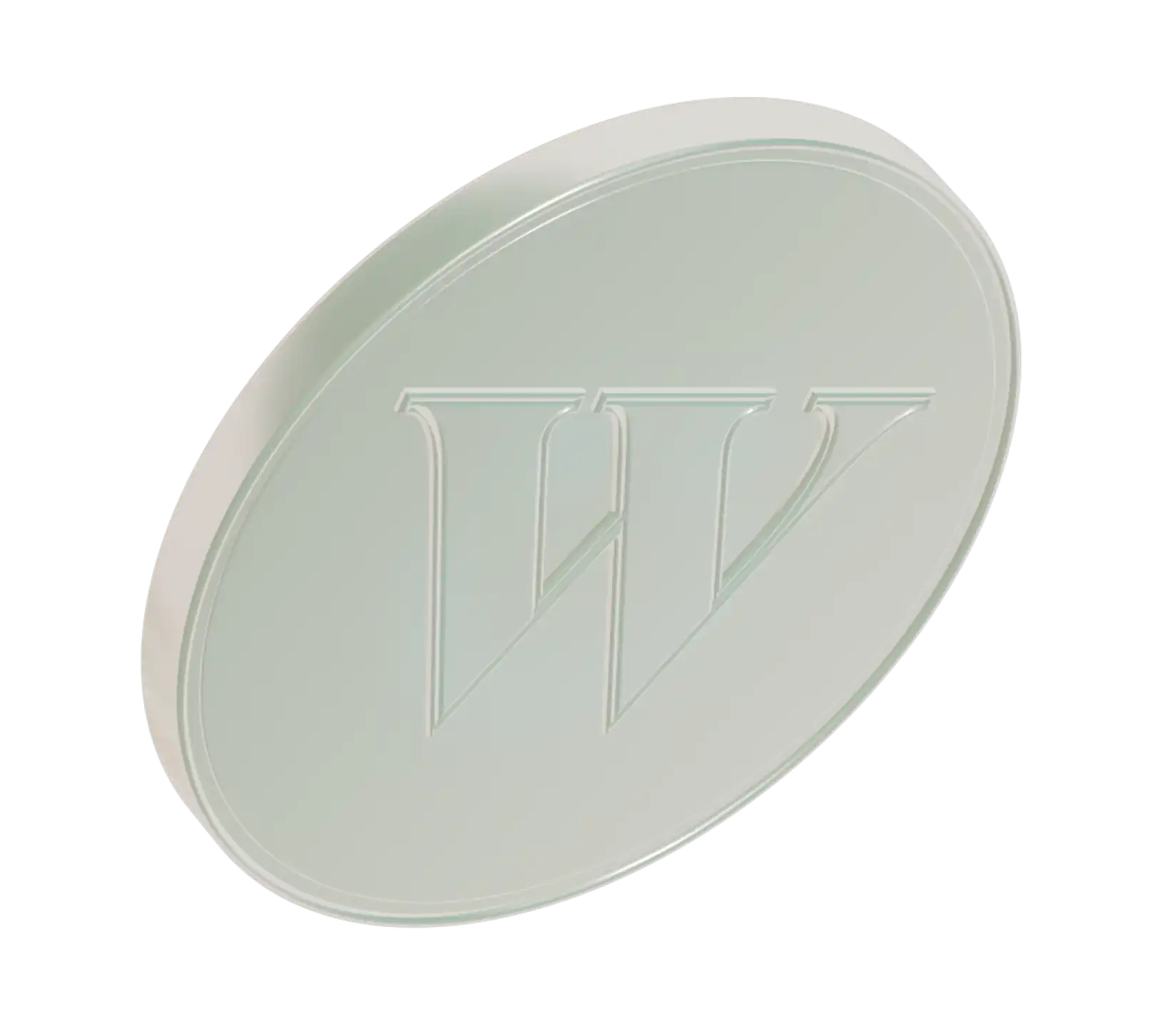Admittedly, rolling your options contract can seem daunting but this guide breaks it down for you in a simple way.
What are rolling options?
Rolling options are created when an investor exits a current options contract and then immediately enters a new one.
The new contract is stuck as a call or put, and is for the same asset, like a specific stock, fund, commodity, or index as the old contract, but it usually has a different expiration date, strike price, or both.
The expiration date (or expiry) is the time when you want the options contract to last until. Typically the longer the contract the more expensive it is. The price you decide to set for buying or selling the asset is the strike price.
The move to roll options is often used by investors when adapting to constantly shifting market conditions and managing their investment positions.
For example, let’s say you own 100 shares of pretend stock SAGE which trades at $50 a share. You sell a covered call with a $55 strike price that expires in two weeks and collect a premium (yay!).
Then suddenly SAGE stock jumps to $54 a share. You're happy about its performance, but you’re also at risk of having your shares "called away" at $55 and potentially missing out on more benefits (oh no!).
You decide to roll your call option by buying back your short call option (with a $55 strike and a two week expiry) and then selling a new call option with a higher strike price of $60, and a later expiration date of six weeks from now.
This move allows you to adapt your strategy to the new market reality (SAGE's strong upward momentum) while still generating income from selling the new call option. You've successfully managed your position by:
Avoiding the immediate risk of having your shares assigned at $55.
Giving yourself more time for the stock to appreciate further.
Raising your strike price to $60, which allows you to participate in more of the stock's potential upside before your shares are at risk of being called away.
So, if you have options contracts, learning how and when to roll them can be a really valuable tool when executing an options strategy.
How do rolling options work?
When you roll options a two-part transaction happens — you're both closing an existing contract (with any resulting gain or loss) and immediately opening a new one for a total net credit or debit.
Why do it right away? What’s the rush? So glad you asked! By closing and opening these two at the same time you help minimize risk of the market moving against you between the two actions happening.
These two factors — price and timing — can be adjusted to help support your investing strategy when it comes to options.
Types of rolls
Here are the main types of rolls and how they’re used:
Rolling forward (also called rolling out): This happens when only the timing (expiration date) is changed. For example, you might sell an option that expires in July and buy one that expires in August with the same strike price.
How it’s used: By rolling forward you would give the underlying asset more time to move in the direction you’re hoping for.
Rolling up: With this move, the strike price is made higher for calls (selling) or lower for puts (buying).
How it’s used: You would roll up when the underlying stock has risen and you want to lock in some gains, avoid your short call getting assigned, or participate in a further upward move.
Rolling down: This is the opposite of rolling up. By rolling down the price is made lower (for calls) or higher (for puts).
How it’s used: This can be used as a defensive move when the price of the underlying asset has fallen and you’re hoping to collect more premium to compensate for the drop.
Rolling up/down and forward: This combines both a change in strike price and expiration date. By rolling up and forward, the price is made higher for calls or lower for puts, while also extending the expiry. By rolling down and forward, the price is made lower for calls or higher for puts, while also extending the expiry.
How it’s used: Both of these moves can be used to hedge losses or protect profits.
The benefits and risks of rolling options
Knowing how to roll an options position is a powerful strategy to have in your back pocket. However, like with anything in the trading world, it has pros and cons that are important to consider before putting it to work.
Benefits | Risks |
|---|---|
| More time. Giving the underlying asset runway to move in the expected direction. | Worsening positions. More significant losses if a new position continues to see declining performance. |
| Price adjustment. Updated positions based on new expectations and better risk management. | Opportunity cost. Keeping money tied up in a single trade makes it unavailable for other opportunities. |
| Extra premium. Sometimes a position can collect more premium from a new contract than the cost of closing the old one. | Premium considerations. The cost of the trade increases, and credit received may be too small to justify the risks of staying in a trade. |
| Avoid assignment. Prevent unwanted stock assignment at expiry, especially for covered calls or short put positions. | Market volatility. High market volatility can make them more expensive or less effective. |
| Manage risk. Reduce maximum loss or protect the gains that have already been made. | Increased commissions/fees. The two transactions (closing and opening) could result in twice the commission fees depending on where you trade. |
Given these benefits and risks it’s important to use option rolls in a way that helps support your financial goals.
Common reasons to roll options
Traders often roll options in specific situations. Here are a few common examples:
Rolling a covered call: This is a move for when you’ve sold a call option against stock you own, and the stock is approaching your strike price, but you want to avoid having your shares called away (assigned). By rolling the call up and out to a higher strike and a later expiration date this gives it more room to run while collecting more premium.
Rolling a short put: This move is used when you've sold a put option, and the stock price is dropping toward your strike but you want to avoid being assigned the shares. You can roll the put down and out to a lower strike and a later expiration, in the hope that the stock price recovers.
Rolling a long option (call/put): If you have a long option position that’s profitable but you now think it has potential to continue the trend, you can roll the option forward to a later expiration date.
Adjusting a spread: Rolling can be a useful move when managing multi-leg option strategies. For example, if you have a vertical spread and one side is testing your risk tolerance, you can roll that leg to a different strike price or expiration date. This allows you to manage your risk, potentially lock in some profits, or give the trade more time to become profitable without having to close the entire position. It’s a way to adjust your strategy in reaction to how the underlying asset is actually moving.
So, now that you know when traders often use rolls in their options trading strategies, how do you actually decide whether to extend your options or not?
What to consider before rolling options
There are some key questions to ask before actually making your move:
Trading costs: Do the commissions and fees of two transactions outweigh the potential benefits of the roll?
Implied volatility: How will the new option’s premium be affected by the current level of implied volatility?
Time decay: How much time value is left in your current option versus the new one you're considering? You don't want to get caught in a theta trap.
Liquidity: Make sure the options you're rolling into have enough trading volume to ensure you can get a fair price for your trade.
The original idea: Does rolling still align with your initial reason for the trade? It's easy to get distracted with adjusting a losing trade and forget why you entered it in the first place.
Opportunity cost: Is this the best way to use your money right now? Are there other financial opportunities you want to be available for?



